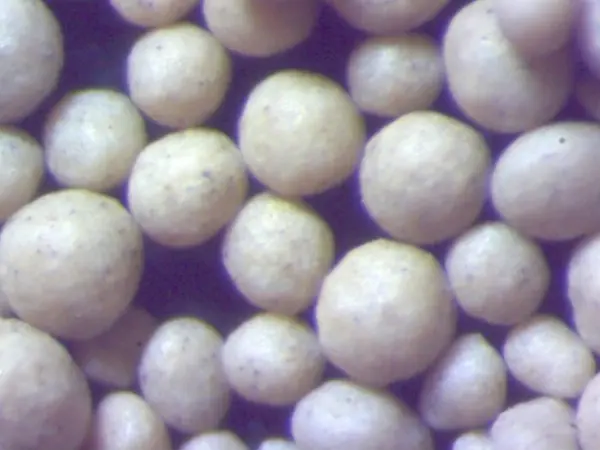The Innovative Use of Sintered Sand in Modern Construction
In recent years, the construction industry has evolved at an impressive pace, driven by the need for sustainable practices and innovative materials. One of the most exciting developments in this realm is the use of sintered sand. This material promises significant advancements in the efficiency, durability, and environmental impact of construction projects. But what exactly is sintered sand, and how is it reshaping modern construction practices?
Sintered sand is produced through a process called sintering, which involves heating sand particles at a high temperature without reaching their melting point. This selective heating prompts the particles to bond together, creating a solid mass that retains the original structure and texture of the sand. The sintering process enhances the material's strength, durability, and resistance to weathering, making it an ideal choice for various construction applications.
One of the primary advantages of sintered sand is its environmental benefits. Traditional construction methods often rely on concrete and other materials that have a significant carbon footprint due to extraction, processing, and transportation. In contrast, sintered sand can be produced using local raw materials, thereby reducing transportation emissions and supporting local economies. Moreover, because sand is abundant and readily available, utilizing it in this manner can mitigate resource depletion concerns associated with traditional building materials.
In addition to being environmentally friendly, sintered sand boasts impressive structural properties
. Its high compressive strength allows it to withstand substantial loads, making it suitable for use in foundation applications, road construction, and even precast elements. The porous nature of sintered sand also supports drainage, reducing the risk of water accumulation and mitigating potential damage to structures during heavy rains. These characteristics contribute to the longevity and resilience of buildings, offering significant cost savings over time through reduced maintenance needs.sintered sand

Sintered sand is also being harnessed in the emerging field of 3D printing for construction. Additive manufacturing has the potential to revolutionize the way buildings are designed and constructed. By using sintered sand in 3D printing processes, architects and builders can create complex shapes and structures that would be difficult or impossible to achieve with traditional methods. This capability not only allows for more innovative architectural designs but also minimizes waste, as materials are deposited precisely where needed rather than being cut or shaped from larger volumes.
Moreover, the customization options with sintered sand are virtually limitless. By altering the sintering process, varying particle sizes, or adding other materials, construction teams can tailor the properties of sintered sand to meet specific project requirements. This flexibility means that sintered sand can adapt to a wide range of climates and geologies, making it a versatile choice for construction around the globe.
However, like any innovative material, the adoption of sintered sand in mainstream construction faces challenges. Educating architects, builders, and stakeholders about its benefits and potential uses is crucial for its widespread implementation. Moreover, regulatory frameworks must evolve to incorporate new materials like sintered sand, ensuring compliance with safety and building standards.
In conclusion, sintered sand represents a significant step forward in the quest for sustainable and resilient building materials. With its environmentally friendly attributes, impressive strength, and versatility in design, sintered sand has the potential to transform construction practices across various sectors. As the industry continues to embrace innovation and sustainability, sintered sand could very well play a pivotal role in shaping the future of construction, paving the way for a greener and more efficient building landscape. By embracing materials like sintered sand, we can contribute to a more sustainable environment while still meeting the evolving demands of modern architecture and construction. The journey towards a sustainable future in construction is only beginning, and sintered sand stands at the forefront of this exciting new era.
Post time:nov . 06, 2024 03:09
Next:Discover the Power of Super Sand Bond for Ultimate Durability and Performance
